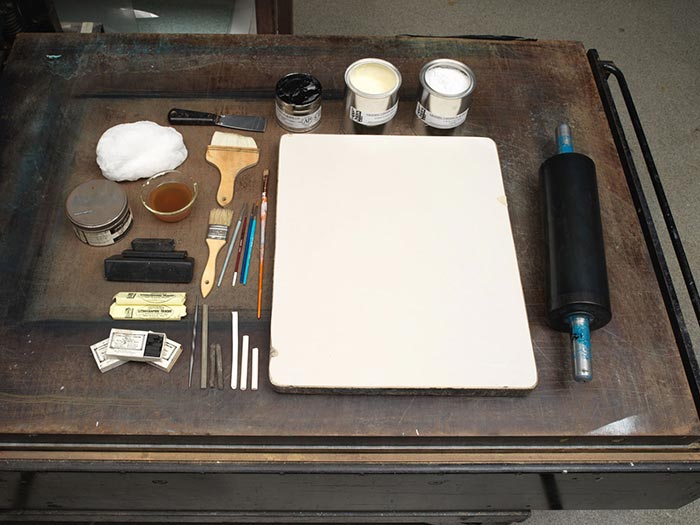An Ice-Cream Racket -- Freezing In: "Oh Dat Lubly Cream! Seems As I Could Nebber Git Enuf!"
Publisher Currier & Ives American
Not on view
The late nineteenth-century Darktown prints by Currier & Ives depict racist stereotypes that are offensive and disturbing. The Metropolitan Museum of Art preserves such works to shed light on their historical context and to enable the study and evaluation of racism.
This Interior ice cream parlor scene features three caricatured Black people (African-American). At left, a grinning butler (dressed in a blue jacket with tails, grey pants, a yellow vest over a red/white striped shirt and polka-dot tie, red socks and slippers) carries a tray laden with a huge tower of molded ice cream. He also holds two large spoons in his left hand. At right, a couple awaits their frozen treat at a small marble-topped table. The young man, who stands between a green upholstered chair and the table, looks dapper in his light red suit with black stripes over a blue vest; he wears a monocle over his right eye. His hat hangs on a peg above him. While he cocks his head in surprise, his seated female companion smiles as she looks at the large mound of ice cream approaching. In her right hand, she holds a very large pink fan (adorned with a white feather trim); she is fancily dressed in a gold-yellow hat accented by a green feather, a gold yellow fitted jacket, green gloves, and a red skirt. The title and caption (ascribed to the woman who is fond of "cream") are printed beneath the image.
Nathaniel Currier (1813–1888), who had established his successful New York-based lithography firm in 1835, produced thousands of hand-colored prints in various sizes that together create a vivid panorama of nineteenth century American life. In 1857, Currier made James Merritt Ives (1824–1895) a business partner; the Currier & Ives firm operated until 1907. Many eagerly acquired Currier & Ives lithographs, such as those featuring spectacular American landscapes, rural and city views, images of boats and trains, hunting and fishing scenes, domestic life, comic pictures, and numerous other subjects, as an inexpensive way to decorate their homes or business establishments.

